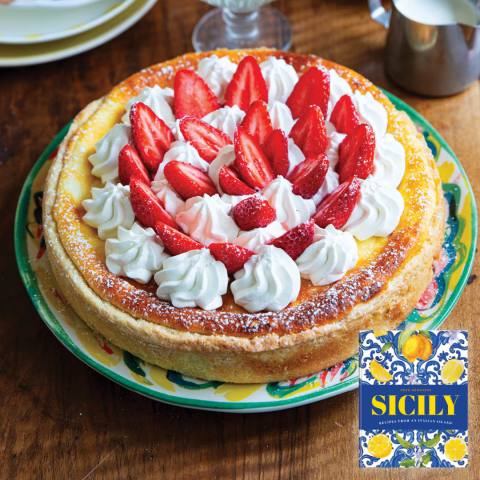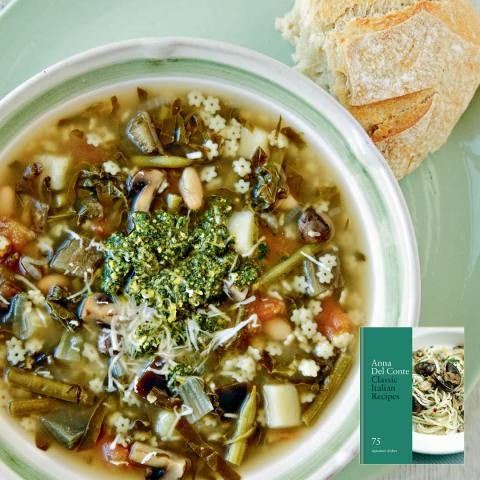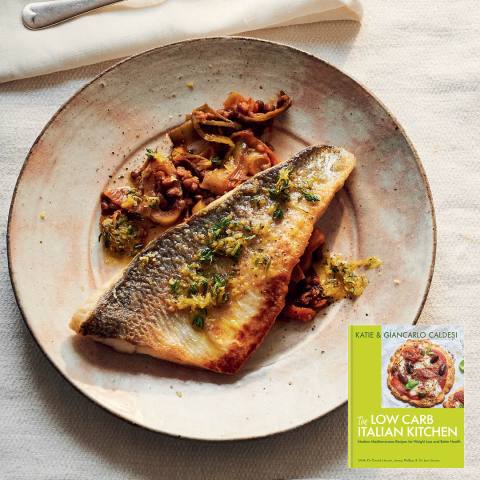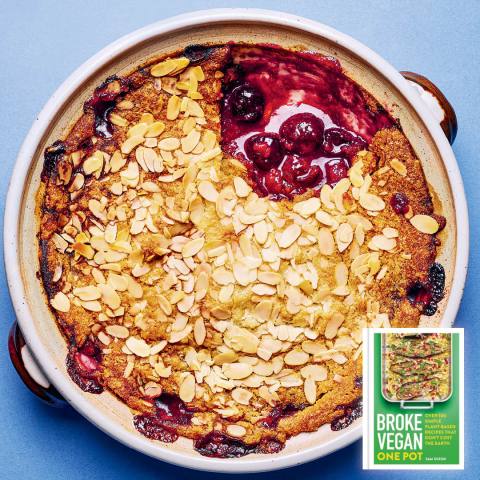The Five Families of Sherry
1. FINO (AND MANZANLLA)
Ah! Fino – the drink that lives up to its name. It is, if I may paraphrase Agent Cooper, a damn fine… glass of wine. Crisp, fresh and desert dry, it lifts the spirit, stimulates the palate and imparts a shaft of southern Spanish sunshine to the gloomiest of days. In terms of oenological elegance, the only thing that comes close is a glass of champagne.
2. AMONTILLADO
In her book Sherry, Talia Baiocchi says that Amontillado is a wine that lives two lives, the first a biological ‘childhood’ under flor, the second an oxidative adulthood once its flor dies off.
In days gone by, no one fully understood how this worked. Amontillado was a wine produced by happy accident. But now sherry-makers understand the mysteries of flor. After allowing the wine to age biologically, they then kill the flor deliberately by refortifying the wine to at least 17% alcohol, allowing it to age with oxygen for the rest of its time in the solera.
3. PALO CORTADO
Palo Cortado’s name means, literally, ‘cut stick’. A wine cask destined to become Fino or Amontillado will be marked with a single stroke. But, should its flor die too soon, that stroke will be amended with a horizontal dash across it. The stick is cut.
This is the rarest of all sherries, with as few as 100,000 bottles produced a year out of a total of something like 60 million. And its making is shrouded in mystery. Antonio Flores, capataz at González Byass, calls it the ‘rebel wine’. It begins as the finest new wine, destined for Fino. But as its flor develops, or fails to develop properly, the wine in the barrel starts to display a fuller quality on the palate. It becomes gordo. At this point, it is removed from the Fino solera, fortified to 18% alcohol or thereabouts, and matured in its own solera as Palo Cortado.
4. OLOROSO
Oloroso means ‘fragrant’ in Spanish, and it certainly is. Figgy and nutty, it smells delightfully sweet on the nose. But once in the mouth, it reveals its dry, rich structure.
Whereas Fino is made lean and crisp by its biological ageing, Oloroso is fortified immediately to over 17% and exposed within the barrel to all the air can do to it. And what it does is give it heft. Without flor’s protection, an Oloroso barrel loses about 5% of its volume a year to evaporation – the angels’ share. So here the solera system ensures the volume of each barrel remains broadly consistent. But, thanks to the angels’ annual supping, the alcohol level rises.
It also contains more glycerol – flor’s favourite food – than any other sherry style. This makes the wine feel more viscous in the mouth, and enhances its illusion of sweetness.
4½. VERY OLD SHERRY
One of the quirks of oxidative ageing is that it ensures that a wine can last for a very long time. So many bodegas have some barrels lurking within containing very old wine indeed. Increasingly, these are finding their way to market. Categorized as VOS (Vinum Optimum Signature or Very Old Sherry) for a wine over twenty years old, or VORS (Vinum Optimum Rare Signature or Very Old Rare Sherry) for wines over thirty, these are like drinking liquid history.
5. THE SWEET STUFF
PEDRO XIMENEZ
Few wines in the world are sweeter than a Pedro Ximénez (PX). In part, this is because the grapes themselves are intensely sweet – PX is descended from an eating grape called Gibi. But it’s also because, after harvest, the grapes are laid out on mats in the sun to raisinate. The resulting wine, which is fortified to around 17.5% and aged in its own solera, is thick like molasses and black like oil.
MOSCATEL
While PX remains the main sweet wine of the region, Moscatel (made from the Moscatel di Alejandria grape) should not be ignored. Though it is grown mainly for blending, it represents less than 2% of the region’s planting. So there is not a lot of it about.
BLENDED SHERRIES
Blended sherry is responsible for a lot of crimes against the drinking public. I don’t think I’m alone in fearing the slightly stale bottle of Pale Cream filth lurking in the back of Granny’s cupboard. But this does not mean we should dismiss a blended sherry out of hand. We should just be more discerning. And we should be aware of labelling confusion, which the DO has largely done away with – for a long period of time, blended wines bore the same nomenclature as pure sherries, so it was hard to know whether a true Amontillado or Oloroso lay within. Produced in the past primarily for export, sweetened sherry represents to the Jerezanos an Anglicization of the wine. But this does not make it inherently bad – good blending requires a lot of skill. And skill is to be applauded.
Extract from A Sherry and a Little Plate of Tapas by Kay Plunkett-Hogge, available here








